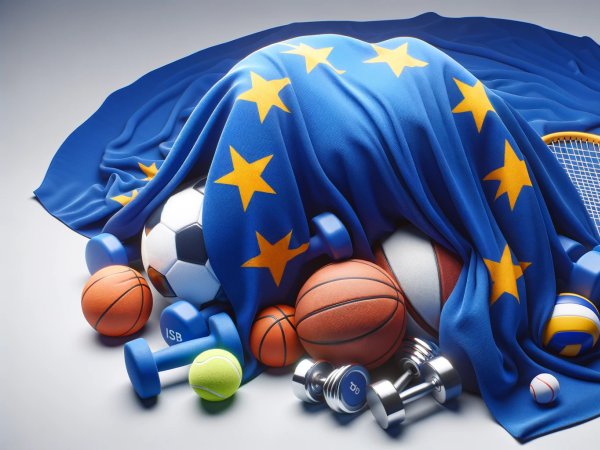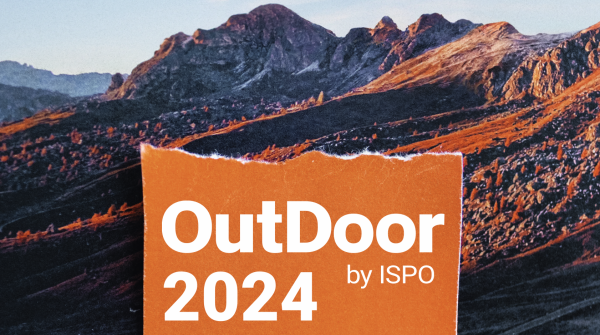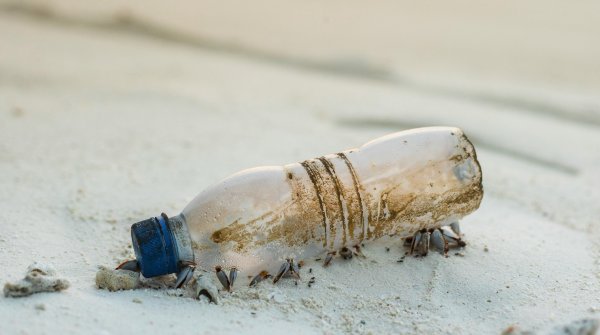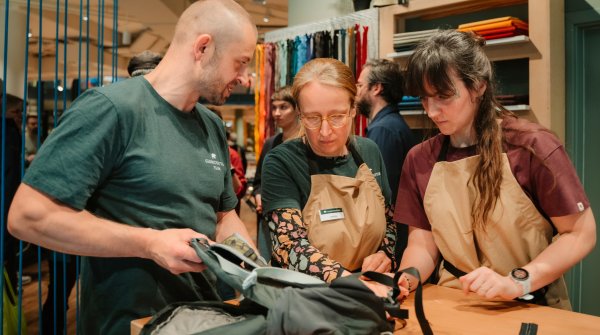The European Green Deal which includes various laws and regulations, is intended to ensure that Europe becomes climate-neutral by 2050. At the conference changeNOW conference in Paris, KMPG's auditors presented the priorities for this systemic change towards a sustainable economy: Biodiversity, energy transition, adaptation to climate change, social inequality, protection of water resources. They are all part of the EU Climate Regulation.
All measures for ecological conversion, sustainable procurement and traceability contribute to this regulation, which will soon be legally binding in Europe. In France, the method for calculating the environmental impact, the Product Environmental Footprint (PEF), has now been officially presented. But which points are really important? And how do we implement the right measures?
Unlike luxury or ready-to-wear fashion, sports brands have to serve two different customer segments: On the one hand, top athletes, who need high-performance yet environmentally friendly equipment, and on the other, the general (sports) public, who provide the sales. This requires a customized upstream and downstream strategy. This is what forces the sports industry to produce strictly in accordance with the European Green Deal.
In March, all French MPs voted in favor of a legislative proposal aimed at "reducing the ecological footprint of the textile industry" in order to slow down the advance of low-cost and fast fashion. At the beginning of April, the French government announced that it had accepted the environmental labeling of textile products (PEF). It is to be introduced by 2025. The methodology is still in the consultation phase with brands and an implementing regulation is planned. These regulatory instruments are intended to increase transparency in the textile industry. The first brands want to present their results from fall 2024. Lagoped is the first French outdoor brand to have already published its "Ecoscore".
The proposal for a new regulation on ecodesign for sustainable products, the Ecodesign for Sustainable Products Regulation (ESPR), was published in March 2022. The regulation aims to significantly improve the circularity, energy efficiency and environmental sustainability of products in their design. It includes requirements for energy consumption and environmental protection as well as standards for the labeling of products to inform consumers. The regulation affects almost all categories of physical goods placed on the market in the EU. The information must be provided in a "reliable and easily understandable" way via a QR code or in a digital passport. At the heart of eco-design and environmental labeling are life cycle assessment (LCA) tools that accompany the measures.
According to Quantis™ and environmental expert Emilie Carasso, who is involved in the technical discussions with the European Commission, the manufacturers of LCA tools generally share their methods publicly for reasons of transparency. Companies can easily ask whether the tool complies with the Product Environmental Footprint Category Rules (PEFCR) or what deviations there may be. It is important to note that local methods for the environmental labeling of textiles, such as in France, may currently still deviate from the PEFCR. However, this situation could change when the ESPR delegated act for textiles is published.
At European level, the Product Environmental Footprint Category Rules are specific rules for assessing the environmental footprint of a product or product group throughout its life cycle. At this stage, PEFCR is not a methodology, but a proposal defined by the European Commission that provides detailed guidelines for data collection, environmental impact assessment methods and reporting of results. The PEFCR for apparel and footwear is currently in the development phase, with version 2.0 due to be published soon. The final European methodology to a final validation projection mid-2025.

- Product quantities: The current PEFCR does not take into account how many products a brand sells. The company's overall environmental footprint is also not taken into account, including the quantity of collections produced.
- Life cycle: This is about the impact of products over their entire life cycle, right up to the end of their use. Of particular importance here is how long the products last. Robustness is a top priority in first and second use.
- Second hand: There was a proposal for a special label, but this could not be implemented. The PEFCR will therefore be adapted accordingly.
- Clear comparisons: The initiative makes it possible to directly compare the environmental footprint of different similar products.
- Impact categories: Sixteen impact categories, eight of which have a direct influence on biodiversity - these include climate change, freshwater and seawater eutrophication, terrestrial eutrophication, acidification, water consumption, land use and freshwater ecotoxicity.
- Biodiversity: At the moment, there is still no international consensus on how exactly to measure the impact on biodiversity. There is therefore still a need for research here.
- Labels, standards and certificates: These depend on the level of detail of product information and certification. Organic cotton, for example, is available in a generic form with specific data for many countries, such as India and the USA, but bonus points are only awarded if the effects are quantifiable and assessed on the basis of the EF reference.
- Microplastics and microfibers: Marine impacts are assessed separately in the Microfiber Consortium-data pool. Previous microfiber data cannot yet be included in the PEF, and data on microfibers in use by consumers is too random to be considered.
- End of life: How many times a product can be used depends on the type of use(sports, fashion, children, workwear, etc.) and the material (natural, synthetic, etc.). Within the same category, the expected useful life can vary greatly.
- Voluntary exclusion: Niche products or overly technical clothing such as work uniforms are not considered. The only official database is the EF Compliance Data Guide. For confirmation, 90% of the product impact must be based on it.
- Data calculation: Some data is calculated at company level (outsourced production) and some at product level.
- Transparency: The keyword to ensure reproducibility, consistency and relevance.
- Reach extension: Preparing for business impact with brands, manufacturers and then retailers and customers is important. Public awareness is raised through eco-labels and product passports based on a micro-point system. These are created, for example, using the French open source tool "Écobalyse" which uses the PEF indicators.
- Public consultations and Bill of Materials (BOM): Public consultations serve as a proof of concept. There is a 5% margin for a back-calculation of the nomenclature for the components of the Bill of Materials (BOM) based on the size range.
- Duration of Service (DOS): A blend of physical durability and cost of use. Eco-design, extrinsic durability conditions and reparability play a key role.
- Increasing quality expectations: With more detailed reporting (resource management and waste, traceability, worker well-being, trusted third parties) and setting standards to ensure data comparability. Or as Emilie Carasso says: "Good physical durability (no deformation, loss of performance, etc.) combined with real reparability can significantly extend the life of products."
- Corporate governance and strategy: Review of hierarchy and training programs - from data scientist engineering to purchasing and logistics agility.
- Link to CSRD and due diligence: Integrated with environmental labeling, they offer added value for financing future-proofing.
Planning and preparation: According to Emilie Carasso, PEFCR Apparel & Footwear contain a wealth of information and methodological tools to steer companies in this direction. The impact of stock-outs is also an important aspect. Refining sales forecasts to adjust production volumes is crucial to reduce the industry's impact.
Key indicators of PEFCR: Reducing the use of toxic substances in production, carbon footprint and effective waste management of textiles are priorities. The goal is often to reduce one's own carbon footprint along the supply chain, including fiber production, transportation and distribution of the final products. This is followed by biodiversity and health as well as the protection of workers' rights in the producing countries, as these measures have many global implications.
- CO2 & Greenhouse Gases: The most commonly monitored indicator is greenhouse gas emissions per kilogram. It is important to work with achievable incremental targets, such as Gore-Tex, for example, with Quantis has established. Unlike the Science Based Target Initiative (SBTI), which has just included CO2 allowances as a Scope 3 carbon reduction, the PEFCR does not at this stage consider CO2 storage as a lever to reduce impacts.
- Water & Chemicals: The importance of water stewardship for companies that manage risks related to the availability and quality of water and the opportunities for sustainable management of this vital resource also contribute to the PEFCR. Water in dyeing or finishing plants, water for the cultivation of plants and the supply of energy are also in focus.
- Circularity: All information on the life cycle, reparability and subordinate resource consumption are elements that greatly reduce the system of negative impact points. Circular sourcing, especially fiber-to-fiber, recycled water and the potential elimination rates of pollutants, dormant stocks and zero waste production techniques are preferable. The CFP (Circular Carbon Footprint) is always included in the PEFCR calculation method. This data is mandatory in PEF verification and concerns the materials, components, dyes and primers used.
- Physical durability: This aspect focuses on extending the life of the product through robustness and environmentally friendly design. The sub-categories are segmented to ensure the most meaningful tests possible. Features that are already available for apparel have been added for footwear. A protocol for the equivalence of tests has also been introduced. The physical durability test alone is optional. Finally, the cost of testing a woven T-shirt is approximately €180.
- Repairability: A repairability index and five other non-physical durability criteria - such as product breadth, time on the market, material type, manufacturing stages and repair options - are crucial for the end consumer. The availability of repair networks and spare parts as well as campaigns and their budgets, which create incentives for repairing instead of throwing away, are included in the impact calculation.
All affected departments must synchronize at an early stage in order to maximize performance in data collection and analysis. Purchasing, sourcing, digital data management, sales and finance - everything must work hand in hand. A global focus on environmental labeling and product level governance is particularly important. The management of slow sellers is included at the level of individual products. This is because the proportion of unsold T-shirts is around 20 percent.
Corporate compliance also requires cooperation between departments and the cross-departmental use of services. The pooling of results and progress within the sector, as practiced by the European Outdoor GroupOutdoor Sport Valley, Eurosima in collaboration with SurfriderUnion Sport et Cycle or, in Asia, the Hong Kong Research Institute of Textiles and Apparel (HKRITA), makes a decisive contribution to the quality of data collection.
These upheavals lead to complexity and inconsistencies, depending on the size of the company or industry. Brands are required to position themselves in such a way that their plan is compatible with the Paris Agreement - an ambitious undertaking. Especially since for some protagonists, the number of tons of CO2 is not an absolute indicator that is the same in every industry.
Nevertheless, the changes bring structure and differentiation that we will need in the near future. The departments are talking to each other and working together on these issues. This breaks down silos and makes companies more resilient. This transformation requires a refocusing of investment and growth in circular economy solutions.
European rules are essential to harmonize measurement practices and promote informed decisions on sustainability. However, there are economic and legal nuances to consider that are critical to concretely improving social, climate and biological challenges.
In Part 2, to be published shortly, we will take a closer look at the conditions of the Corporate Sustainability Reporting Directive (CSRD).
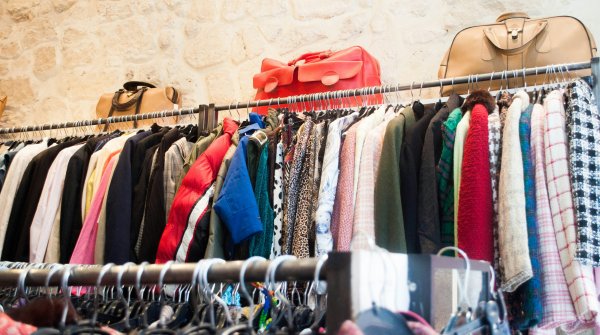
 SustainabilityStaying cool in climate change: 5 top textiles for hot days
SustainabilityStaying cool in climate change: 5 top textiles for hot days
